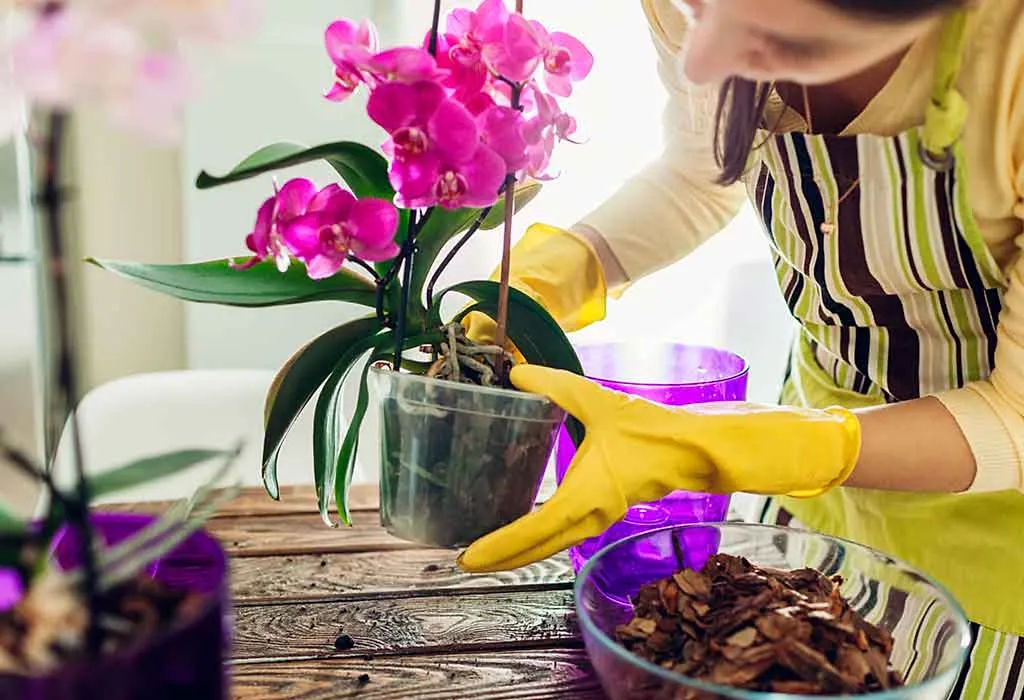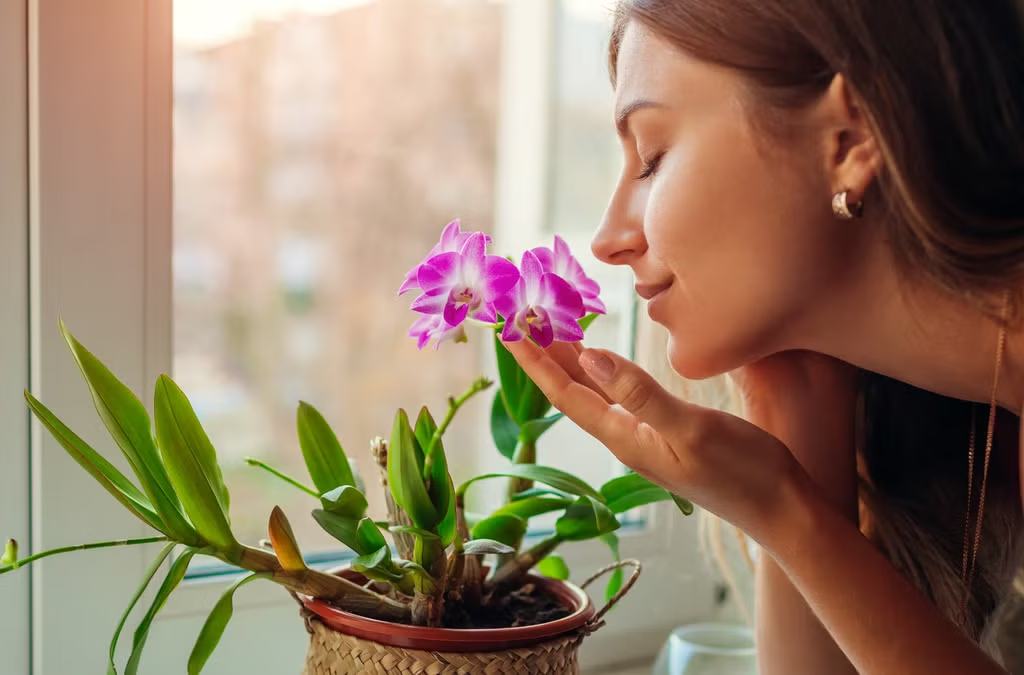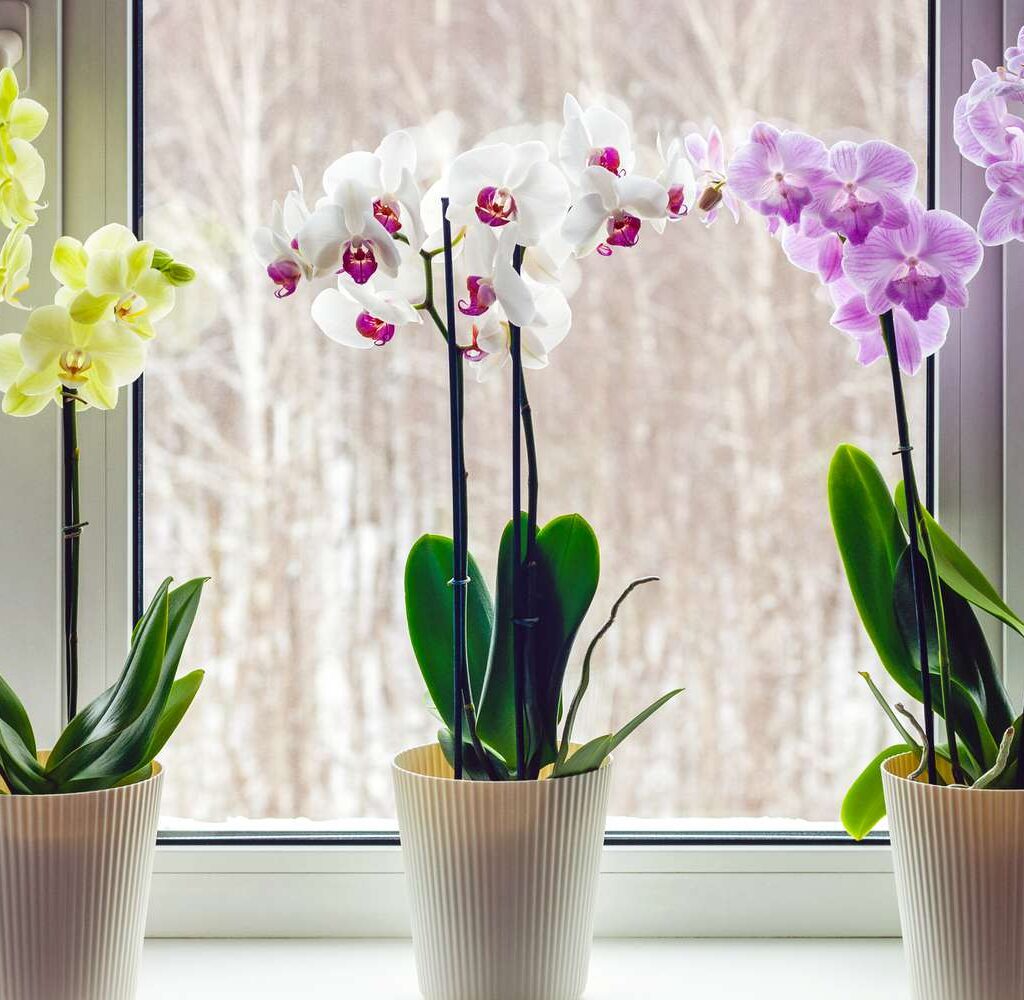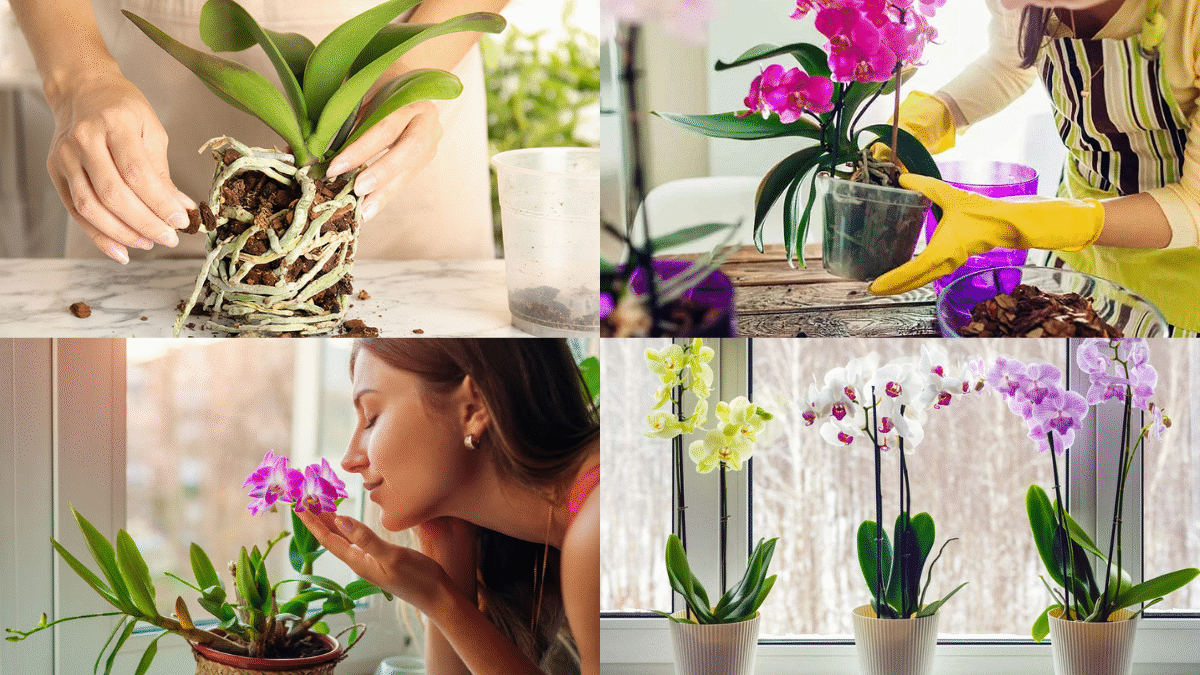Few plants match the exotic beauty and grace of an orchid in bloom. With their intricate, delicate flowers in a rainbow of colors and their reputation for being a little mysterious to grow, orchids captivate both plant enthusiasts and beginners alike. While many people shy away from keeping orchids, assuming they’re too tricky to manage, the truth is — with the right care, orchids are hardy, long-lasting, and can rebloom beautifully year after year.
In this comprehensive guide, we’ll walk you through everything you need to know about how to care for orchids and keep them blooming — from choosing the right type, providing ideal growing conditions, to troubleshooting common problems. By the end, you’ll feel confident about adding this stunning plant to your indoor garden.

About Orchids: A Brief Introduction
Orchids belong to the Orchidaceae family, one of the largest and most diverse plant families in the world, with over 25,000 species and more than 100,000 hybrids. They’re native to nearly every corner of the world, thriving in tropical rainforests, mountain regions, and even deserts.
Among the most popular types for home growers:
- Phalaenopsis (Moth Orchid) — Beginner-friendly, long-lasting blooms.
- Cattleya — Known for large, fragrant flowers.
- Dendrobium — Can bloom multiple times a year.
- Oncidium (Dancing Lady Orchid) — Distinctive, airy blooms.
- Vanda — Large, vibrant flowers, often grown in hanging baskets.
Where to Place Your Orchid: Light Requirements
Proper lighting is one of the most important factors in keeping an orchid happy and blooming.
Light Tips:
- Bright, indirect sunlight is ideal.
- A north or east-facing window works well.
- Avoid direct, harsh midday sun which can scorch the leaves.
- If natural light is limited, consider a grow light.
Signs of Correct Light:
- Healthy leaves should be bright green.
- Dark green leaves indicate too little light.
- Yellowish leaves suggest too much light.
Watering Orchids the Right Way
Watering is another crucial aspect of orchid care, and it’s where many new plant owners go wrong. Orchids don’t like to sit in water; they prefer to dry out a bit between waterings.
Watering Guidelines:
- Water once a week in warmer months, less frequently in cooler seasons.
- Use room-temperature water.
- Water in the morning to allow excess moisture to evaporate.
- Always water at the base, avoiding the crown (center) of the plant to prevent rot.
- Ensure the pot has good drainage.
The Ice Cube Method:
Some growers use ice cubes (3–4 for a medium orchid) to slowly water the plant. It’s a debated method, but it works for many, provided the plant isn’t exposed to drafts or extreme cold.

The Best Potting Mix for Orchids
Unlike most houseplants, orchids don’t grow in soil. In their natural environment, many are epiphytic, meaning they grow on trees or rocks. This is why they need a special potting mix.
Recommended orchid potting mix:
- Bark chips (fir or pine)
- Sphagnum moss
- Perlite
- Charcoal
This mix ensures air reaches the roots while retaining enough moisture. Repot your orchid every 1–2 years, preferably after blooming.
Ideal Temperature and Humidity
Orchids thrive in moderate to warm temperatures and appreciate a bit of humidity.
Temperature Range:
- Day: 65°F to 80°F (18°C to 26°C)
- Night: 55°F to 65°F (13°C to 18°C)
Humidity:
- Aim for 40% to 70% humidity.
- Use a humidifier, place your orchid on a pebble tray with water, or group plants together to boost humidity.
How to Fertilize Orchids
Orchids aren’t heavy feeders but benefit from consistent, balanced feeding.
Fertilizing Tips:
- Use a balanced orchid fertilizer (like 20-20-20) diluted to half strength.
- Feed once every two weeks during active growth (spring and summer).
- Reduce feeding to once a month in fall and winter.
- Avoid fertilizing while in full bloom or if roots look stressed.
Pro Tip: Follow the “weakly, weekly” rule — weak fertilizer solutions applied regularly work best.
Pruning and Maintenance
Proper pruning helps encourage reblooming and keeps the plant tidy.
After Blooming:
- If flowers fall off but the spike (stem) is still green:
- Cut it back to just above a node (a small bump on the stem) to encourage a new bloom.
- If the spike turns brown:
- Trim it off at the base.
Routine Care:
- Wipe leaves with a damp cloth to remove dust.
- Remove any dead or yellowing leaves.
- Check roots periodically — healthy roots should be firm and green/silver.

Encouraging Reblooming
One of the most rewarding parts of orchid care is getting your plant to rebloom.
Reblooming Tips:
- After blooming, give the orchid a rest period (reduce water, stop fertilizer).
- Place in a slightly cooler spot (55°F to 60°F) for a few weeks.
- Resume regular care when a new flower spike appears.
- Provide plenty of bright, indirect light during this time.
Patience is key — it can take a few months for orchids to rebloom.
Common Orchid Problems and Solutions
Even with good care, orchids can face occasional issues. Here’s how to fix them:
| Problem | Cause | Solution |
|---|---|---|
| Yellow leaves | Overwatering or too much sun | Adjust watering and relocate |
| Brown leaf tips | Low humidity or excess fertilizer | Increase humidity, reduce feeding |
| Wrinkled leaves | Underwatering or root rot | Check roots, water properly |
| Bud drop | Drafts, sudden temp changes | Move to stable environment |
| Root rot | Waterlogged mix | Repot in fresh, airy medium |
Inspect your orchid regularly to catch issues early.

Benefits of Growing Orchids
Aside from their beauty, orchids offer several advantages:
- Air purification: Help remove toxins and improve indoor air quality.
- Mood boost: Flowers uplift spirits and reduce stress.
- Longevity: Orchid blooms can last up to 3 months.
- Low maintenance: Once you master the basics, they require minimal care.
Final Thoughts
Caring for orchids doesn’t have to be intimidating. By understanding their unique needs for light, water, and airflow — and applying these simple tips — you can enjoy their stunning, long-lasting blooms for years. Whether you’re a beginner or a seasoned plant lover, orchids add a touch of elegance and exotic beauty to any space.
Once you experience the joy of a reblooming orchid, you’ll understand why so many plant enthusiasts can’t stop at just one!





Leave A Comment